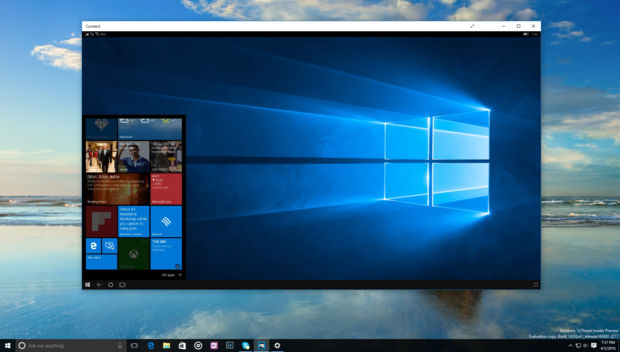Microsoft has revealed more about what information Windows 10 collects from users, the latest attempt to quell long-simmering resistance to the operating system’s data gathering and reporting practices.
“Our hope is this information will help you be more informed about the data we collect and use, enabling you to make informed choices,” said Terry Myerson, Microsoft’s top Windows executive, in a post to a company blog Wednesday.
In a pair of pieces published to TechNet, Microsoft laid out what Windows 10 hoovers up under its two telemetric settings: Basic and Full.
Much of the long list for Basic was effectively incomprehensible to anyone but a Microsoft engineer, and thus of little or no use to most customers. In places, however, the descriptions were in English, more or less. “This event sends data about crashes for both native and managed applications, to help keep Windows up to date,” read the explanation of Microsoft.Windows.FaultReporting.AppCrashEvent.
Full’s to-do was easier going, but daunting nonetheless, for it detailed everything from data on what apps were installed and when they were installed to “incoming and outgoing calls and voicemail usage statistics on primary or secondary line”.
Microsoft also revised its overarching privacy statement, Myerson said, to reflect Creators Update. A “what’s-changed” list – the “March 2017” section – can be found on the company’s site.
Myerson even addressed the most elemental of the complaints lodged against Windows 10, that it scoops up a sweeping array of information on every user. “We have reduced the number of events collected and reduced, by about half, the volume of data we collect at the Basic level,” Myerson said. He did not mention the Full level, describe what is now not gathered that had been before, or explain why Microsoft feels what it had once collected is now not worth the trouble.
Previously, when it claimed it was going to reduce what Basic collected, Microsoft had been just as coy about what it would drop. At the time, it acknowledged only that application usage data would not be swept up under the Basic setting.
Yet neither Myerson nor a colleague – Marisa Rogers, the privacy officer of the Windows group – who added to her boss’s commentary in the post, offered a way to completely disable Windows 10’s telemetry, the fundamental demand of many critics.
That demand stemmed from Microsoft’s move to make data collection compulsory, not just that it ramped up the quantity of data it suctioned up. In earlier Windows editions, telemetry was voluntary. (And even though Windows 7 and 8.1’s revised data collection has been modeled on 10’s, it has retained its opt-in approach.)
In January, Myerson announced changes to Windows 10 collection practices, including the dispensing of a third telemetric level, dubbed Enhanced. It also introduced a new screen where those upgrading to Creators will be asked to review their privacy settings. Previous settings will be retained unless the user explicitly changes them by, say, toggling the earlier Full to Basic.
Full will also remain the default telemetry setting for anyone setting up a new Windows 10 device or doing a clean install of Creators on an existing Windows 10 system.
Nor has Microsoft opened up about whether the setting that collects the least amount of information – called Security – will still be available only to commercial customers running Windows 10 Enterprise or Windows 10 Education.
There may be more changes down the line, though Myerson and Rogers did not specify any. “We will continue to refine our approach and implement your feedback about data collection and privacy control,” Rogers pledged. “The Windows 10 Creators Update is a significant step forward, but by no means the end of our journey.”
IDG News Service








Subscribers 0
Fans 0
Followers 0
Followers